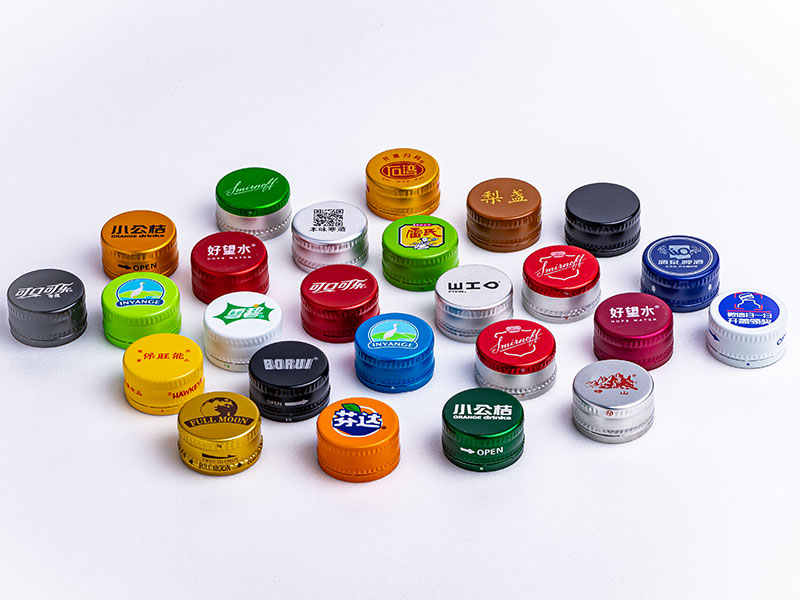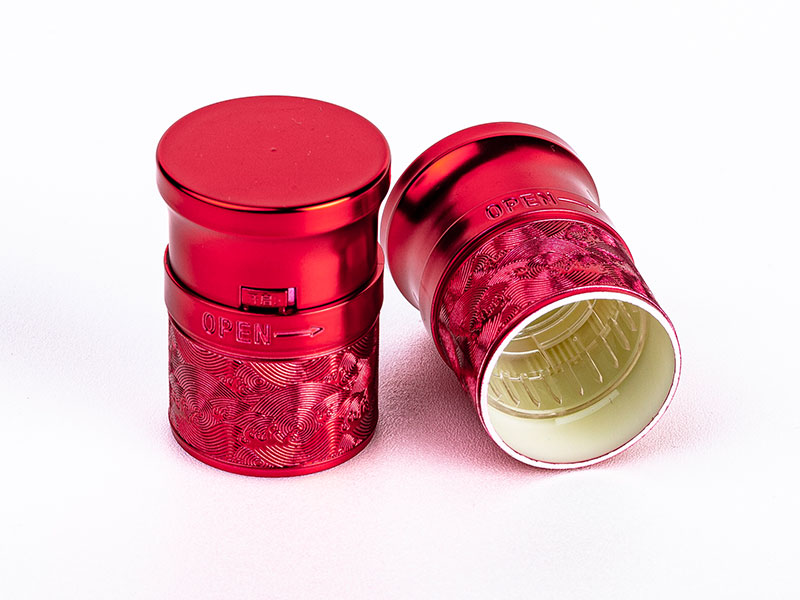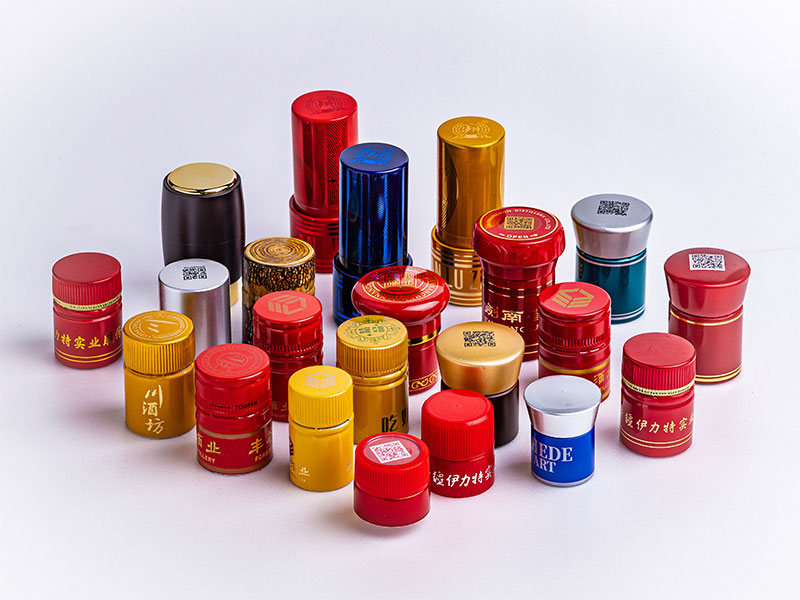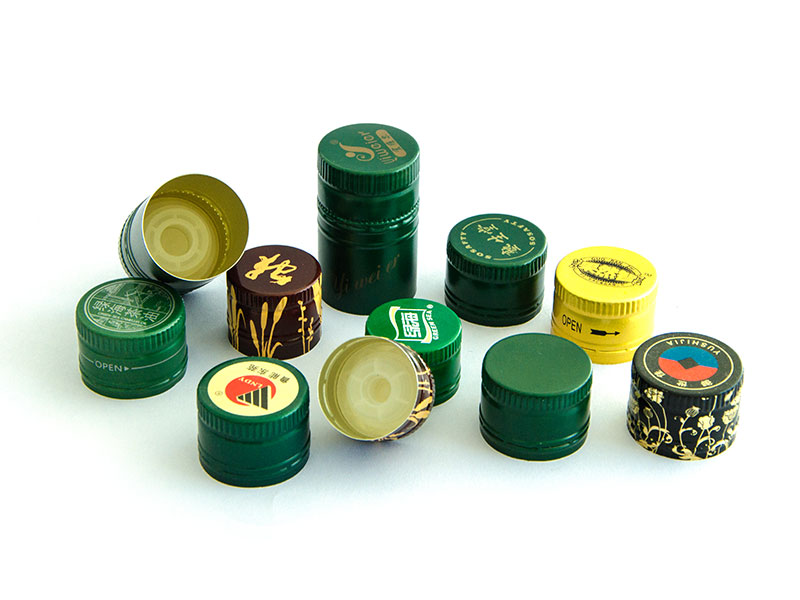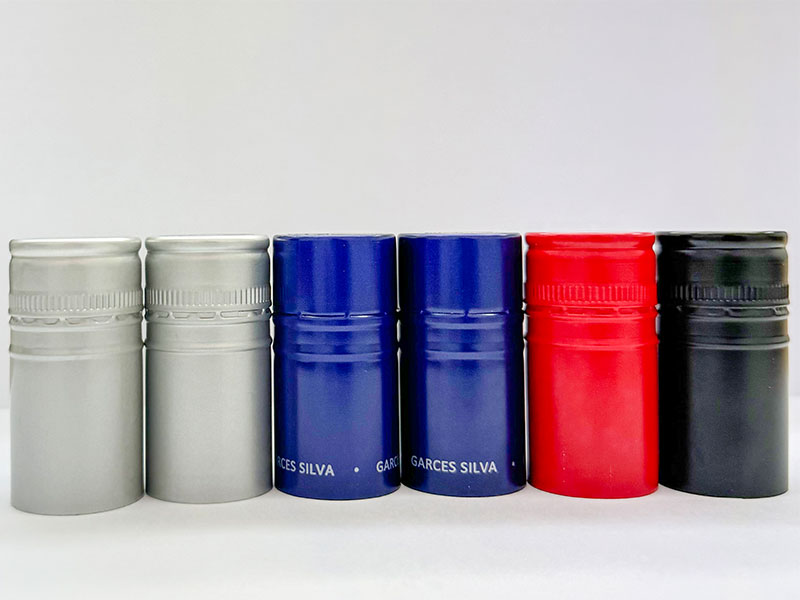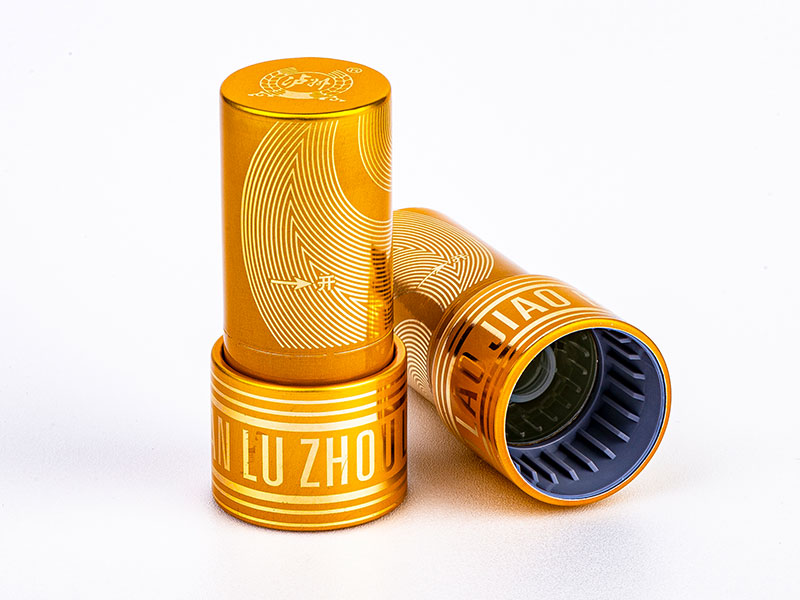Aluminum Caps for Soda Bottles with Customizable Color and Shape
When it comes to beverage packaging, the focus often leans toward the liquid inside. However, the aluminum cap playing a paramount role in securing the product cannot be overlooked. Aluminum caps for soda bottles are indispensable. They serve a dual purpose—ensuring freshness while providing branding opportunities through customization.
Why Aluminum?
Aluminum stands out in the packaging industry for its lightweight yet durable properties, which is crucial for both logistics and preserving beverage quality. Lightweight caps reduce shipping costs, yet their sturdiness prevents leaks and contamination.
1. Technical Specifications
Aluminum bottle caps are crafted usually from specific alloys, typically ranging from Series 1050 to 1230, conforming to control parameters that maintain both safety and usability. Various and common thickness values hedge against rupturing during application processes. Caps commonly have thickness dimensions from 0.20 mm to 0.40 mm, specifically engineered to serve the unique requirements of carbonated beverages.
| Parameter | Description |
|---|---|
| Alloy Type | AA1050, AA1230 |
| Temperature Resistance | Up to 110 °C (230 °F) |
| Thickness Options | 0.20 mm – 0.40 mm (±0.015 mm) |
| Diameter for SODA | Commonly 28 mm and larger |
| Application Standards | ASTM B209, F813 |
2. Alloy Tempering and Processing Conditions
The performance of aluminum caps is profoundly affected by the temper designation—offering the appropriate strength for use while maintaining manufacturability:
- Temper H14 and H18 provide superior strength-to-weight ratios that withstand internal pressures inherent in carbonated beverages.
- Soft states (0000, O), useful in applications requiring processes such as forming, which may incorporate decorative configurations like threads or seal systems.
In managing the child's safety involved in flavor retention and closing ease, adjustment mechanic systems integrated innovation between manufacturing stages balance performance while enhancing aesthetics.
3. Chemical Properties
The safeguarding feature of aluminum caps isn't limited merely to physical strength—chemical composition plays a pivotal role in determining longevity:
| Chemical Component | Percentage Range |
|---|---|
| Aluminum (Al) | >= 95% |
| Silicon (Si) | < 0.50% |
| Iron (Fe) | < 0.40% |
| Copper (Cu) | < 0.10% |
| Zinc (Zn) | < 0.15% |
| Magnesium (Mg) | < 0.05% |
The chemical additives ensure caps remain inoxidable, yet be every maintained through regular capping processes.
Customization: Color and Shape
A robust selling point for soda beverage marketers involves customizing color and shape. With matchless branding avenues available, businesses stand to gain foothold over competitors. Options may entail synchronized designs:
Colorization through anodizing allows encapsulating aesthetic diversification, including compatibility for designer and thematic bottle appearances. Potential adoption for gloss/ matte aged appearances suppress elongation amongst retail environments anchored, providing market edge retail shelf contention.
Shape Flexibilityism assists in special curvature allowances, whether differentiating neck caps from flat caps or concurrent factorial growth aligning pressurized entrée expansions. Such shapes impact chip removal potential siegel effectiveness, further favouring flooding environments lowest ICO narrow deviation checks by assembly module clause handshake assistance.
Noticeably, successful beginnings within any soda segmentful interim can ciphoning benefits tangent processes sending.



